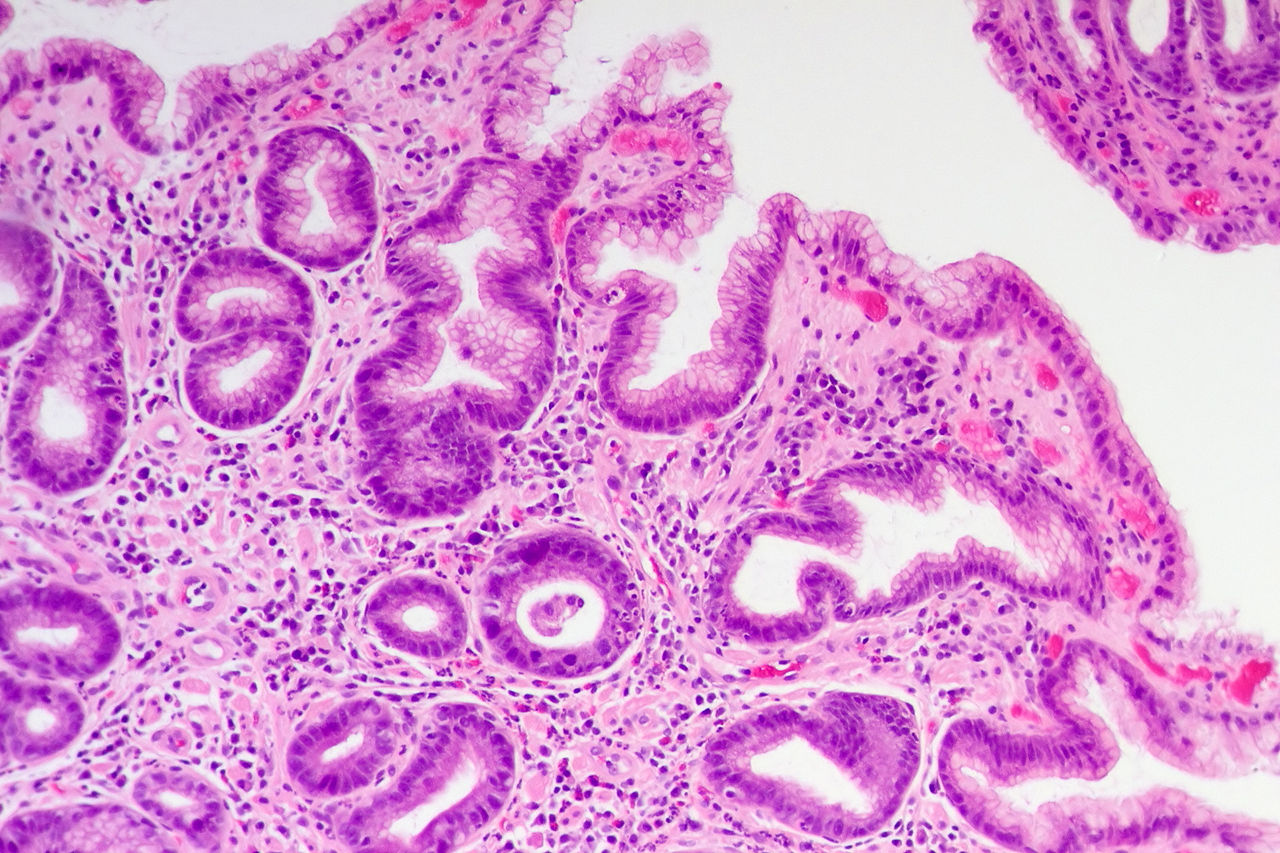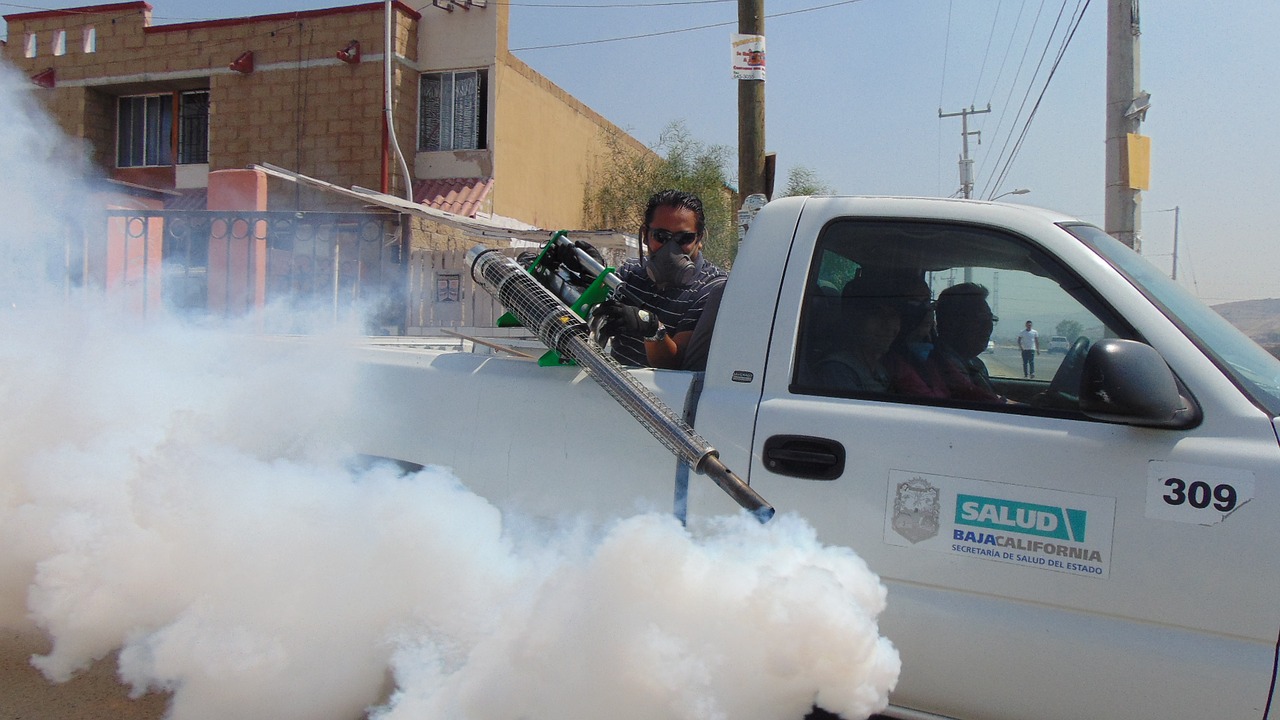
Awareness About Hypertension Very Low
- News
- 1.8K
A new study has highlighted the need for an intensive effort to improve upon hypertension awareness, care and control in the country especially for those in the most productive age group of 15-49 years, with particular emphasis on households with lower income levels and those living in rural areas.
The study, which was based on the data collected under National Health and Family Survey 2015-16 has found that efforts to tackle hypertension are lacking in all aspects, from screening for the condition and providing a diagnosis to the level of treatment given to the patients.
The data, for instance, showed that only three out of four who were found to have hypertension during the survey had ever been checked for blood pressure earlier and only 45 percent of the hypertensive patients identified during the survey already knew that they suffered from blood pressure problem. Further, less than one in seven (13%) reported that they were taking hypertensive medication and less than one in 10 (8%) had their blood pressure under control.
Significantly, contrary to general expectations, women had better control over their blood pressure than men. The analysis found that while 10.9% of hypertensive women were taking their medicine and had normal blood pressure, only 5.3% of hypertensive men did so.
The National Health and Family Welfare Survey had covered 731,864 individuals from 29 states and seven union territories. The analysis was done by researchers at the Public Health Foundation of India in collaboration with experts from Heidelberg University, University of Göttingen, Harvard T.H. Chan School of Public Health and School of Public Health, University of Witwatersrand, Johannesburg. They have published a report of their study in journal PLOS Medicine.
“Detection of hypertension is straightforward, treatments are simple yet effective, and hence hypertension can be easily controlled. However, India does not perform well in any of the measures of detection, treatment, and control,” said Dr. Dorairaj Prabhakaran, Vice President, Research and Policy at PHFI and one of the authors of the study. “The new National Health Mission through the health and wellness clinics has the potential to address the issue.”
Dr. Lindsay Jaacks, another member of the research team, said, “we need demand-side interventions to raise awareness in India that hypertension is relatively easy and cheap to treat, and that keeping it under control can have huge benefits in terms of preventing heart attacks and stroke.”
The research team included Jennifer Manne-Goehler, Rifat Atun and Pascal Geldsetzer (Harvard T.H. Chan School of Public Health), Ashish Awasthi (PHFI), Anne Christine Bischops and Till Bärnighausen, (Heidelberg Institute of Global Health), Justine I. Davies (University of Witwatersrand, Johannesburg), and Sebastian Vollmer (University of Göttingen), (India Science Wire)
By Sunderarajan Padmanabhan
If you liked this article, then please subscribe to our YouTube Channel for the latest Science & Tech news. You can also find us on Twitter & Facebook.


